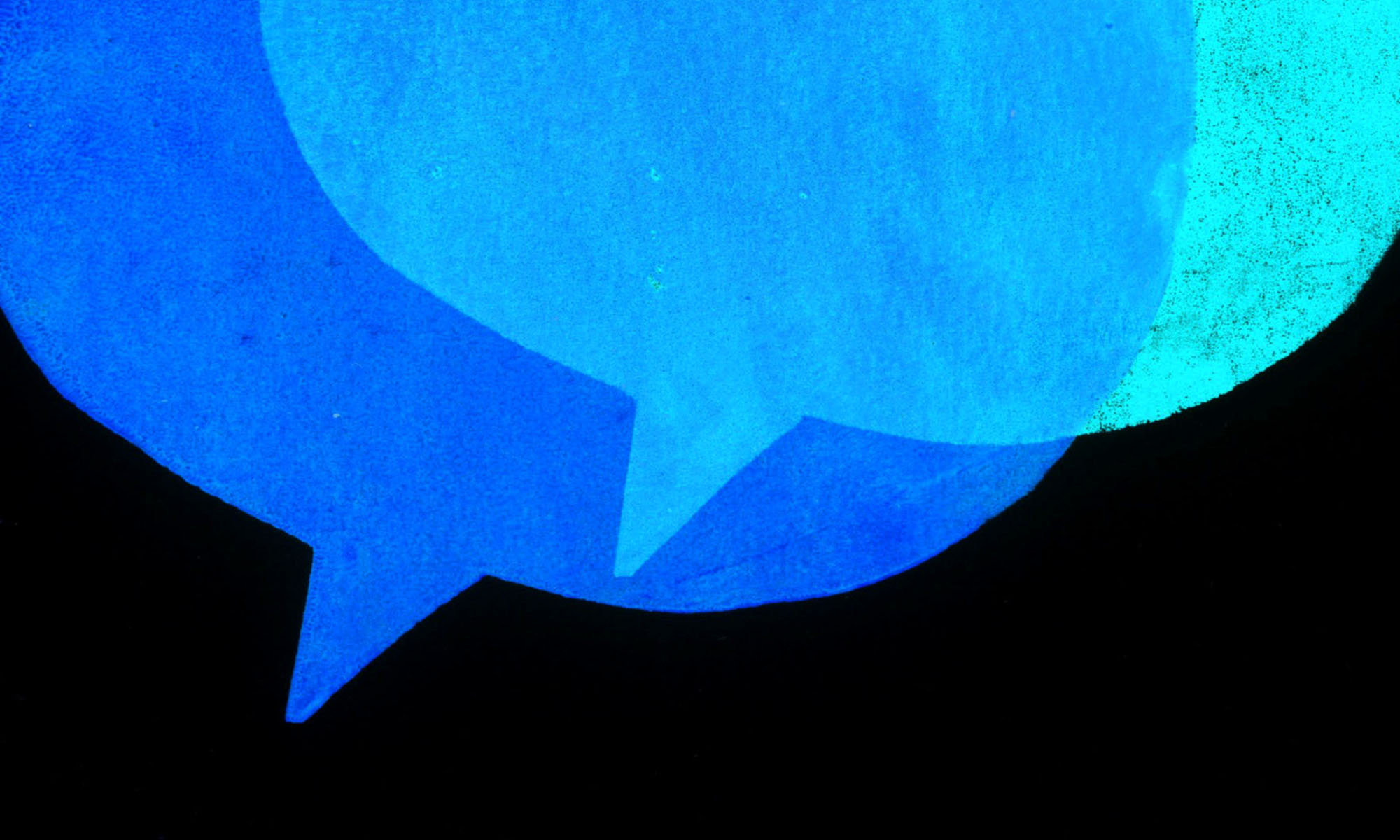Projects and publications:
Magnus Nilsson. ”Marxism Across Media: Characterization and Montage in Variety Artworks’ Capital in Manga”. International Journal of Comic Studies vol. 21 (2019:1), 423–438
In the article “Socialist Thought and Comics Form: Narrative and Rhetorical Strategies in Kate Evans’ Red Rosa” (published in Scandinavian Journal of Comic Art) I take a first step towards an analysis of the relationship between the medium of comics and socialist thought by analyzing the Canadian-British comics artist Kate Evans’ graphic biography of the socialist politician and theorist Rosa Luxemburg, Red Rosa. A central argument is that the medium of comics invites certain narrative and rhetorical strategies that have specific effects for the interpretation of left-wing ideas. One example of this is that in comparison with Luxemburg’s works, persuasion in Red Rosa relies more on ēthos- and pathos than on logos. Another example is that Evans often gives priority to verbal discourse, and that she self-reflexively highlights the narratorial aspects of her visual representation. Thus, Evans’ use of comics form conditions her representation of left-wing ideas and ideals, at the same time as those ideas and ideals can function as catalysts for the development of new narrative and rhetorical strategies.
http://sjoca.com/wp-content/uploads/2018/04/SJoCA-3-2-02-Nilsson.pdf
In the podcast “Comics and politics” I discuss comics and politics with comics artist Daria Bogdanska. Among other things, we ask the following questions: Can comics be used to criticize and think about society in new ways? Can comics articulate new voices, or reach out to those who are not taking part in political life? And which are the potentials and limitations of comics as a political art form?http://medea.mah.se/2018/09/vox-comics-and-politic
With the aim of contributing to scholarly discussions about how to conceptualise the relationship between the art form of comics and the working class, the article “Working-class comics? Proletarian self-reflexiveness in Mats Källblad’s graphic novel Hundra år i samma klass” analyses the Swedish comics artist Mats Källblad’s graphic novel Hundra år i samma klass [A Hundred Years in the Same Class], focusing on its self-reflexive discussion and problematising of the idea about comics as a working-class art form. Special attention is given to intertextual connections to Swedish working-class literature and to Källblad’s questioning of the idea that the opposition between popular and highbrow culture should be analogous with that between the working class and the bourgeoisie. https://doi.org/10.1080/21504857.2018.1500383
In the article “En ny arbetarlitteratur?” in the edited collection ”Inte kan jag berätta allas historia?” Föreställningar om nordisk arbetarlitteratur, I analyze the applicability of the term working-class literature on Hanna Petersson’s comic “Pigan”. https://gupea.ub.gu.se/bitstream/2077/49665/1/gupea_2077_49665_1.pdf
”Ådalens arbetare, Stockholms ärke-medelklass och Möllevångens prekariat” about place and class in two contemporary Swedish working class graphic novels in Sted, fiksjon og historie , issue 46 in Skrifter fra Norsk lokalhistorisk institutt ved Nasjonalbiblioteket (2020)
https://issuu.com/nasjonalbiblioteket/docs/nli_layout_160x220mm_issuu_rz/s/1142138

